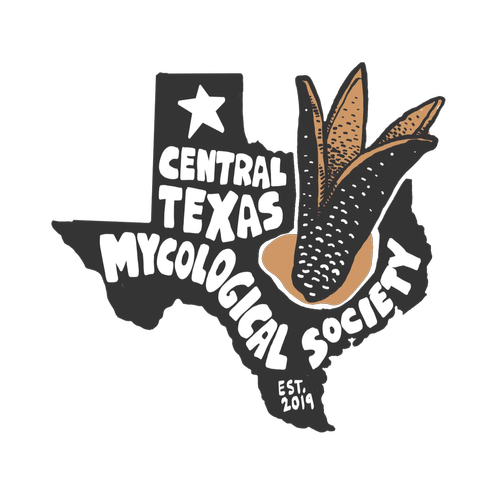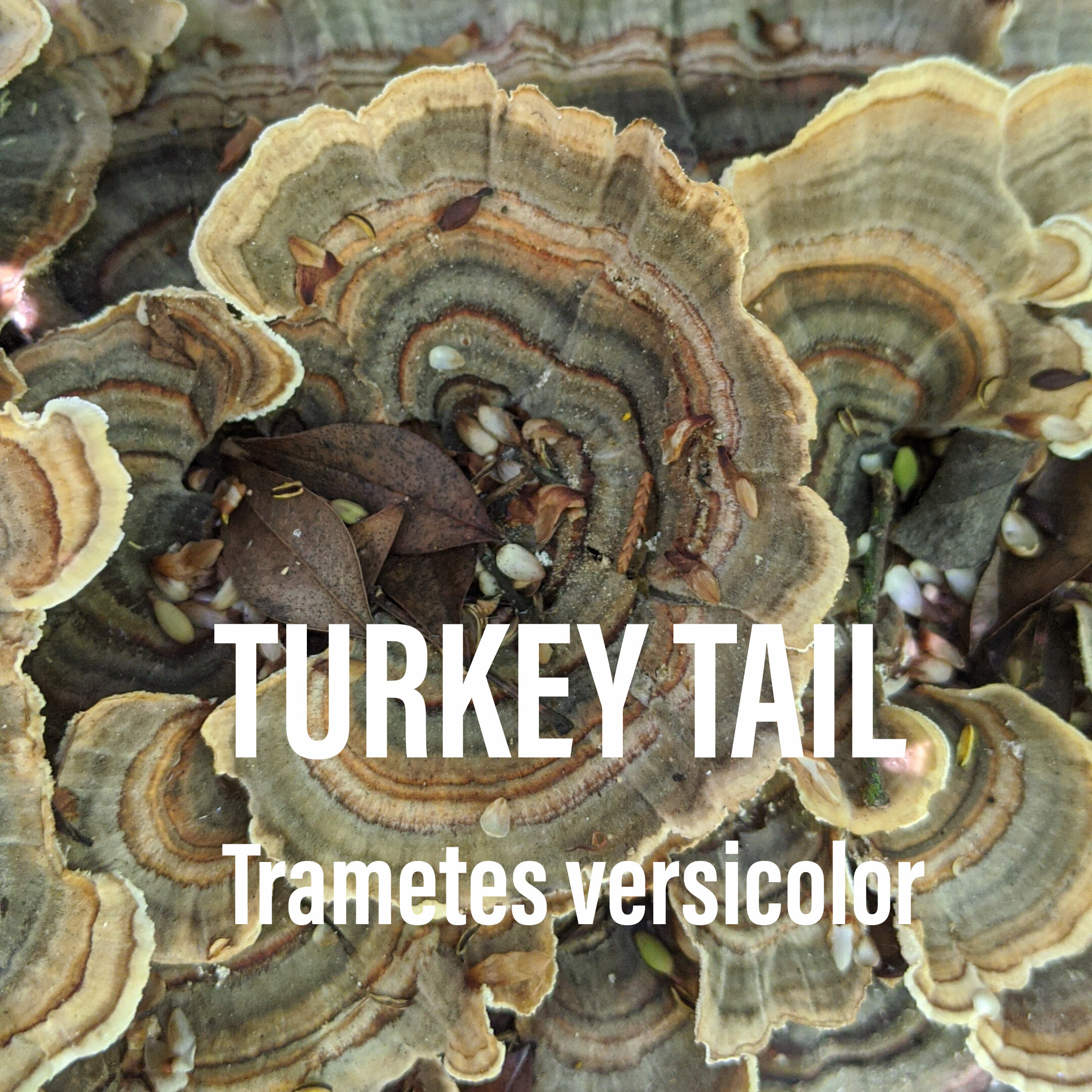Chicken-of the-Woods, Laetiporus sulphureus
As temperatures are starting to cool and trees start to loose their leaves, keep a look out for the orange polypores known as Chicken-of the-Woods (COTW) Laetiporus sulphureus. They grow on older Texas Live Oaks that have been trimmed and have their heartwood exposed. Spores are everywhere and carry a lot of genetic information. Once a two matching spores land in the right place, the fungus will slowly colonizes and eat the heartwood of Texas Live Oaks or Quercus fusiformis. If you see a hollow Live Oak, it is likely due to a fungus parasitizing it. Once you see the fruiting mushroom, there is nothing that will save the tree from slowly decomposing and returning its nutrients back to the soil. Many times it’s not the fungi that is at fault. Human disruption, cutting down tree, and trimming trees for roads and buildings, opens the tree up to the spores that are floating everywhere and waiting for the right opportunity to have dinner. On the plus side, what they spit out is a delicious choice edible mushroom that contains, proteins, fat, fiber and tastes just like chicken!
Turkey Tail, Trametes versicolor
The medicinal mushroom Turkey Tail, Trametes versicolor is also flushing after rain. Make sure the underside is white because it looks a lot like False turkey tail.
Oysters, Pleurotus ostreatus
We found some Oysters, Pleurotus ostreatus flushing on dead black willows as well so keep a look out for this choice edible
REISHI, Ganoderma Sessile
Look for Ganoderma, the "Mushroom of Immortality" on dying or dead hardwood trees or stumps. Golden Reishi grows with conifers like lobloli pines in central texas
If the top of the shelf looks red and varnished and the underside is still white, it is still good to harvest for medicinal purposes. The species shown above is more likely to be found in East Texas and in Bastrop area.
Wood Ear Mushroom, Auricularia
Auricularia or wood ear an edible jelly fungus pops up on downed hardwood limbs a few days after a good rain. Wood ear mushrooms are a popular ingredient in many Chinese dishes such as hot and sour soup, and are also used in Chinese medicine. It is also used in Ghana as a blood tonic. Modern research into possible medical applications has variously concluded that wood ear has anti-tumor, hypoglycemic, anticoagulant and cholesterol-lowering properties.
Ringless Honey Mushroom, Desarmillaria caespitosa
Ringless Honey Mushroom, Desarmillaria caespitosa have also been popping up all over Austin in large clusters at the bases of trees (when the clusters appear to be terrestrial they are actually growing from underground wood) in late summer and fall. This parasitic fungus is part of a genus that is the largest living organism ever found on this planet.






